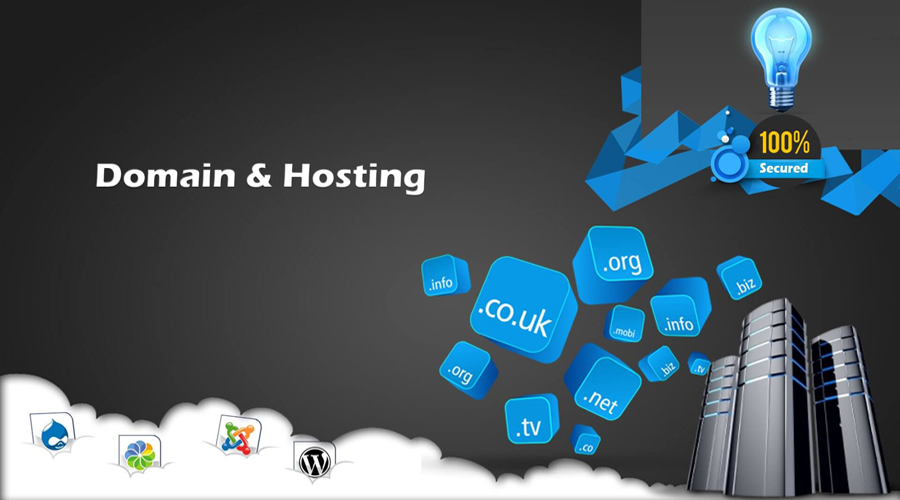Do you have a platform that helps marketers grow their business? If so, let's talk about it in our professional marketing community. Learn More
Top Tips to Create a Strong Brand Identity with Your Logo Design
Originally published: March 13, 2024 08:29:44 PM, updated: March 13, 2024 09:11:00 PM
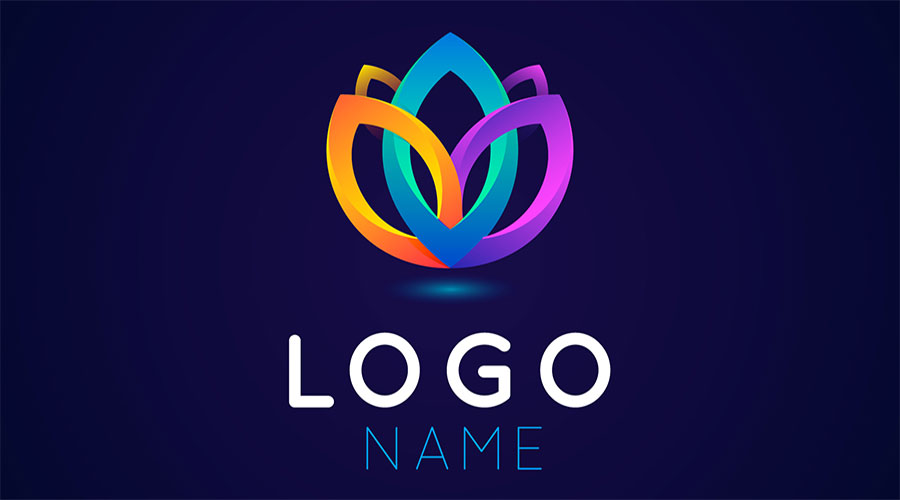
We all know it takes a while for a brand to develop a strong identity. Logos cannot be created by randomly selecting colors and slapping them together. For your identity design to truly reflect your brand and support your growth, you must approach it strategically.
Your brand must be presented engagingly to get the audience's attention. You should have a team with strong communication and design skills to do so.
While this is not an easy task, it is one of the most crucial things a brand can do. As a result, if you are going to do it, it is best to do it correctly.
Putting together a brand identity can be both complex and intimidating. How should it be structured? Where do you begin? Does anyone need to be involved in this process?
There is no need to worry. You can navigate the process efficiently using the right guidance, which is why we are here to assist you. Here is our step-by-step guide with the best tips to help you throughout the process.
Follow this guide, and your logo will be stunning and attractive, helping you to outshine your competitors and connect with the right individuals. So let's get started.
What is the Significance of a Logo in Branding?
The following are several reasons why a logo is important for your business and should be a priority.
1. It Catches the Attention of the Reader
The logo's design can be a powerful tool in capturing viewers' attention and conveying the brand's mission meaningfully.
2. Making a Good First Impression
Logos serve as a company's first point of contact with its customers. If the logo design is well done, you can attract the public's attention and encourage them to explore your business; otherwise, you will likely alienate a potential customer base and effectively ruin your business.
Getting a relevant and timeless logo design in the beginning can be challenging. To simplify this process, you can consider getting started with an online logo creator tool.
3. It is the Basis of Your Brand's Identity
Simple, effective branding requires you to tell a narrative that will affect the customers' emotions. While logos are only one element of a company's brand, they are also the backbone of its narrative.
Your logo sets the stage for your brand's story, which includes colors, tones, fonts, and much more. Take a look at Intel's logo below and see how they have impacted their branding.
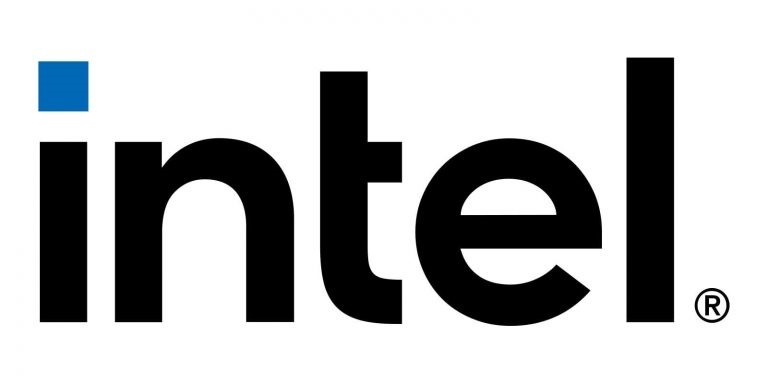
Source: https://1000logos.net/intel-logo
4. It's Memorable
Your company's logo serves as a means of identification for customers; it is a symbol that identifies your brand. Ideally, your logo should immediately trigger a memory in the audience's mind when they see what your business does anywhere - and, even more importantly, its emotional impact.
5. Builds Brand Loyalty
The more familiar your logo becomes to a wide range of consumers, the more trustworthy and approachable you are perceived as being.
These are a few very important reasons why your brand needs a logo. Let's discuss tips on how to create one.
8 Important Tips for Creating a Logo
Here are eight helpful tips for designing a logo for your business and branding purposes.
1. Establish the Identity of Your Brand
While your logo is important to your business, it does not provide the complete picture. Besides this, a brand includes many components, such as a company's website, marketing materials, and written content. They all serve one purpose: creating a complete brand identity for your business to market and represent it successfully.
To ensure consistency, your logo must reflect your entire brand's identity. Also, you should consider what values may be reflected in your logo. If you as a company are committed to sustainability, how can this be represented in the final design of your logo?
Similarly, any values you hold dear as a company - credibility or trustworthiness- can be applied to a brand. Your logo can build trust and establish authority effectively. Take the example of Mastercard here. The visuals are instantly recognizable anywhere.
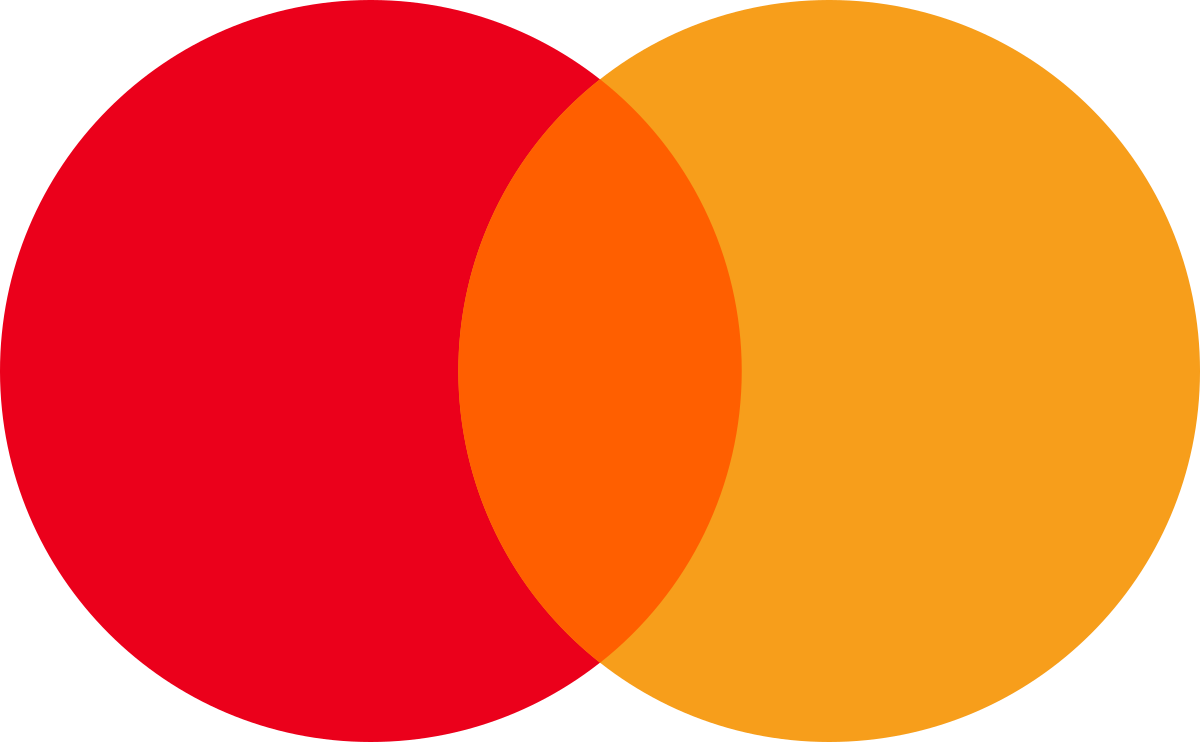
Source: https://en.wikipedia.org/wiki/Mastercard#/media/File:Mastercard_2019_logo.svg
2. Seek Inspiration
Seek inspiration from other logos in your industry and your competitor logos as well. Well, let's explain in detail a little.
To begin, see other famous logos around you. Observe the most effective logos you encounter daily and research online to learn more. The Behance and Dribble accounts of established designers can be used as a resource for finding relevant logo trends and interesting logo ideas.
Creating a conceptual map is an excellent way to begin designing a logo. Your design will be tested in various contexts and with various elements as part of the process.
Research on your competitors will also influence the design of your logo. Make a note of what is working and not working for your competitors, and, most importantly, make sure you do not copy someone else's logo.
3. Choose a Logo Style
Any logo consists of several elements that are combined to create a unified design. Logos can embody various aesthetic styles like fine art.
Do you have a classic brand? You may want to use a complex font and a simple color scheme for your logo. Do you have a minimalist brand? Consequently, you should avoid including complex imagery in your logo design and keep it simple. Does your brand have a hip vibe? A bold design with abstract elements or a modern layout would be suitable.
The style you select for your project will help you be on the lookout for elements that will help it come to fruition, regardless of which one you choose.
4. What Type of Logo Do You Need?
You should remember that there are several different types of logos when designing one. It is important to consider the various forms that logos can take, from plain text to symbols and even a single image, before designing your masterpiece.
The following are some examples of the different types of logos you should consider:
- Wordmark
Wordmarks are composed only of letters arranged in a particular typeface. If you already have a catchy brand name, this type of logo would contain the name of your business.

Source: Wikimedia
- Logo symbol
Brand marks, or pictorial marks, represent your brand exclusively through a single icon but no text.
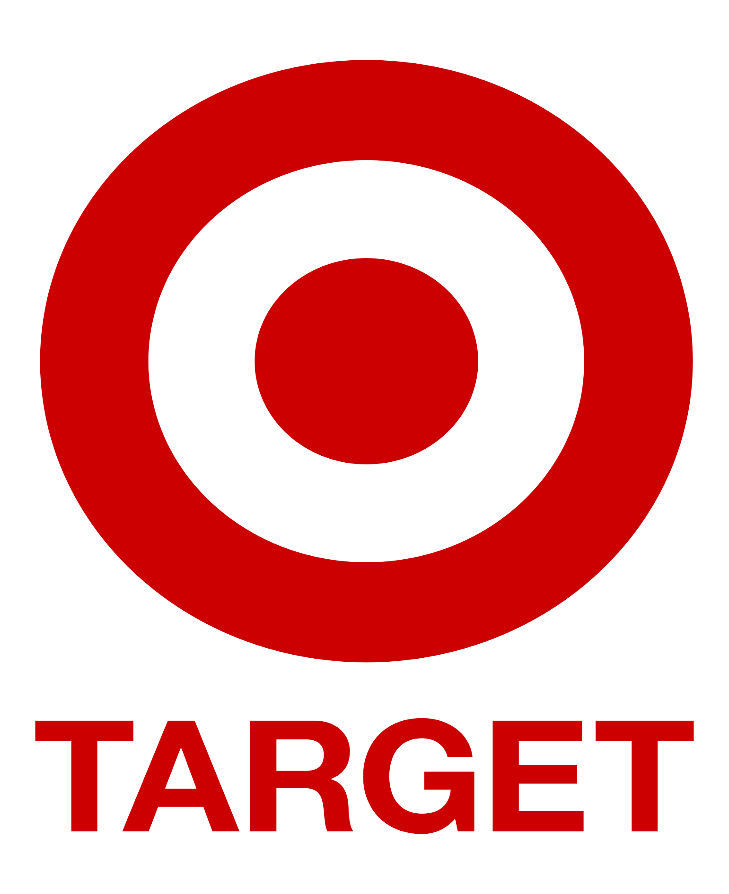
Source: Wikimedia
- Abstract logo
Abstract logos create truly unique images using geometric shapes instead of pictorial representations. Your brand will become synonymous with this arbitrary symbol as time passes.
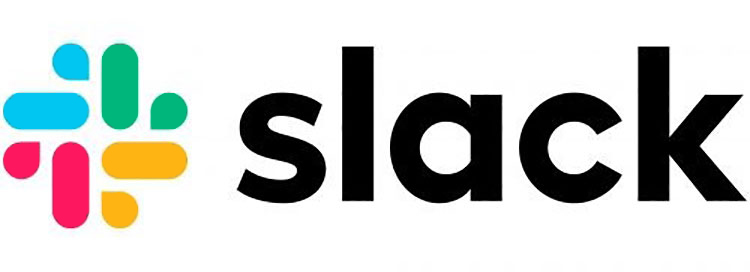
Source: Wikimedia
- Emblems
Logos with emblems have a more classic appearance and usually incorporate insignia, seals, and crests containing printed text.

- Combination
Combination logos incorporate both text and imagery. You can use a mascot in the form of a letter mark, a logo symbol in the form of a wordmark, or a combination of the two.

Source: Wikimedia
5. Select a Color Scheme
The power of color can never be overstated. The psychology of color suggests that colors evoke emotional responses in audiences, influencing their actions. Logo color schemes have two primary functions: first, to draw the attention of your customers, and second, to improve the recognition of your brand.
Generally, we can categorize logo colors into monochrome, black and white, and combination logos. Your logo can benefit from a black-and-white design if you aim for a sleek, minimalist, or classic style. Using monochrome logos (logos featuring only one color) complements word marks and letter marks. It can enrich the visual impact of your brand by further establishing a connection with the color.
6. Choose a Font
Wordmarks, letter marks, and combinations should be the fonts you choose for your logo. Like the color of your logo, the typeface you choose should contribute to its visual appeal and personality. Although numerous font families are available, we recommend selecting one font type from each: serifs, sans-serifs, scripts, or very stylized fonts.
When designing a logo, it is advisable to use web-safe fonts. They're the perfect choice for designers who want their finished product to look consistent on all platforms due to their availability across all operating systems and devices. The following fonts are popular among available web fonts: Georgia, Times New Roman, Arial, and Courier New.
7. Draw the Logo Outline
Think about which shapes you will incorporate into your logo as it takes form. The shapes of logos may be utilized in several ways, including the overall composition and minor details within the logo. A logo's shape is essential in making it immediately recognizable and influencing perception.
There are three categories of shapes:
- Geometric shapes: The most common shapes are circles, triangles, rectangles, squares,
- and lines.
- Organic shapes: Natural shapes such as leaves, flowers, and water droplets are organic shapes.
- Abstract shapes. An abstract shape represents a real thing without being an exact representation. Abstract shapes appear in web design, phones, and street signs.
8. Test and Experiment with Your Logo
You have been taught how to design a business logo, and now it is time to put it to the test. To help you decide what to test your logo on, here are a few ideas:
- Business cards
- Letterhead, invoices, and receipts
- Signage/billboards at stores
- Web icon
- Displays on digital media (social media sites, websites, mobile devices, POS terminals, etc.)
- Products such as clothing, hats, mugs, etc.
The design should consider multiple dimensions and sizes. A vector-based image editing program will greatly facilitate this process, guaranteeing that your logo looks sharp at any scale.
Conclusion
Crafting a compelling brand identity through a well-designed logo is essential for any business seeking long-term success and recognition. By following the top tips outlined in this article, you can effectively harness the power of visual communication to resonate with your target audience, convey your brand's values, and establish a memorable presence in a competitive market.
Join over 45,000 digital marketers. We provide a community for marketers to promote content and build professional branding. Join Now
578 Million Users
If you are a business owner or a marketing professional and want to target the MENA region (Arabic audience) to promote your business to nearly 578 million users, you are lucky you found us. We can work as an extension of your marketing team to manage the Arabic content and open the door for you.


